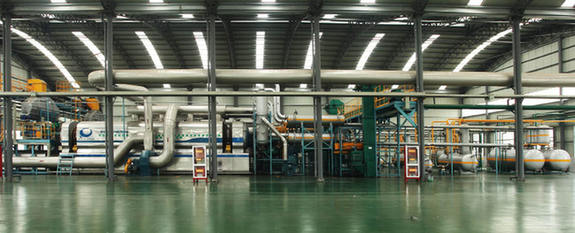Free Trade Across the Asia Pacific
By Dan Steinbock
Recently, Chinese Foreign Minister Wang Yi said that the APEC meeting has three goals: "First, to shape the future through Asia-Pacific Partnership; second, to build an open Asia-Pacific economy; and third to build the course of APEC development."
As China sees it, APEC is now standing "at a new historic starting point."
The rise of APEC
The idea of free trade has been around since 1966 when Japanese economist Kiyoshi Kojima spoke for a Pacific Free Trade agreement. At the time, Japan's wartime imperialism was still in fresh memory, while the United States was swept by the Vietnam quagmire.
As the Berlin Wall fell in Europe, APEC was established in response to the increasing interdependence of Asia-Pacific economies and the rise of regional trade blocs in other parts of the world.
In January 1989, Australian Prime Minister Bob Hawke called for more effective economic cooperation across the region. In November, that led to the first meeting of APEC in Canberra, which was attended by ministers from 12 countries.
At the time, APEC was seen as a countervailing force against Japanese domination in the region. The founding members also hoped to create new markets for their agricultural products and raw materials beyond Europe, where demand had begun to decline.
Today, APEC's membership has almost doubled to 21 countries, which account for some 40 percent of the world's population, almost 60 percent of the world economy, and nearly 50 percent of world trade.
APEC was created by small industrialized countries. Today, it is driven by the region's large emerging economies. At the same time, the dream for the Free Trade Area of the Asia Pacific (FTAAP) has taken off.
An ambitious dream
During the 1994 meeting in Bogor, Indonesia, APEC leaders opted for free and open trade and investment in the Asia Pacific. Official talks about the FTAAP started in the 2006 Hanoi summit, when C. Fred Bergsten, the then-chief of an influential U.S. think-tank, made a forceful statement in favor of the FTAAP.
Nevertheless, the FTAAP was set aside until the Obama administration began to push its Trans-Pacific Partnership (TPP), which hopes to include major economies in East and Southeast Asia, Oceania and Latin America. But it excludes China. In turn, ASEAN members and their FTA partners (Australia, China, India, Japan, Korea and New Zealand) are developing their Regional Comprehensive Economic Partnership (RCEP), which excludes the United States.
The APEC free trade initiatives complement China's recent regional initiatives, such as the Silk Economic Belt and the 21st Century Maritime Silk Road and the Asia Infrastructure Investment Bank (AIIB). The China-APEC cooperation fund has been set up to encourage more Chinese companies to participate in economic and technological cooperation with APEC members.
Last year, 60 percent of China's total foreign trade, almost 70 percent of its outbound investment and 83 percent of its utilized foreign investment was with APEC.
China sees the APEC as a major platform to broaden and deepen trade, investment and development in the region.
In Asia, the FTAAP is seen as a compromise between the U.S.-driven TTP, which favors advanced economies, and the RCEP, which reflects the interests of the emerging Asia.
In contrast, Washington hopes to defuse the call for FTAAP negotiations and the year 2025 as the final date to finish the deal.

